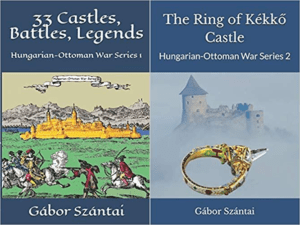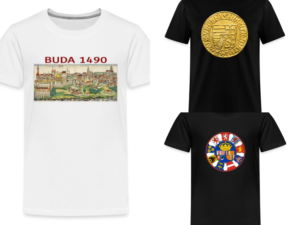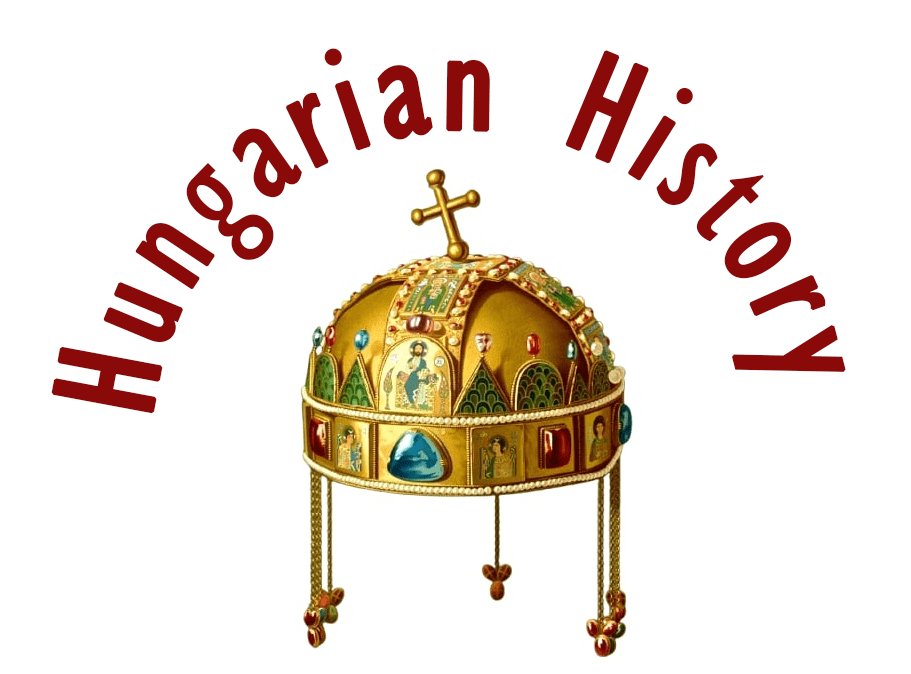Csányó Castle (Stari grad Čanjevo) is a castle ruin in Croatia, on the outskirts of the municipality of Csányó / Čanjevo, part of Visokó. The ruins, now called Stari grad (Old Castle), are located on the top of Ribelj or Pecina hill, 320 meters east of the village. From the top of the hill, you can still see the mountains of Kemléki, Monoszló, and Medvevári, which says more than anything else about the strategic importance of the castle in the past. Location: https://tinyurl.com/3fwnf96f

According to our present knowledge, the Csányó clan (de genere Chanov) was first mentioned in 1265. The castle was probably one of the castles built by order of King Béla IV after the Mongol invasion. Csányó was a castle with a small estate, the land of which belonged to the Körös County in the 13th century. In the 14th century, it belonged to the nobleman Jakob, and from 1459 to 1517 it was ruled by a certain Spiranec György (Gjuro Spinarec), then by his widow.

In the middle of the 16th century, Turkish conquerors invaded the western parts of Slavonia with increasing frequency. In 1552, Croatian troops led by Zrínyi Miklós (Nikola Subic Zrinski) had to repel an attack by Bey Ulama near Maruševec. After that, Csányó was also part of the Borderland system, with its fortified walls and guards.

In 1557, at the meeting of the Croatian Sabor in Zagreb, the castle (‘Chyano in Crisiensis’) was specifically mentioned as the property of Praschóczy István, and later in Vienna the name was mentioned in connection with the defensive system in German as ‘Tschemia’. In 1563, King Ferdinand sent a commissary to report on the state of the Borderland, and two wooden watchtowers in Hum and Csányó were mentioned. In 1598 the castle was called ‘castrum Chanyo’. By the 17th century, it had lost its former importance and was abandoned.

After the Spinarec family, the castle belonged to the Prashóczy (Prasoci) family until 1600. From 1677 to 1689, the estate was the subject of a lawsuit between Jellasics Ferenc and Ivanovich Ferenc (Franjo Ivanovié). After successfully proving his right of succession, the case was won by Jellasics Ferenc. From 1745 onwards, the estate of Csányó was owned for a short time by the sons of Skerletz Zsigmond, who shared it with their guardian, Mijo Husanic, by decision of the Croatian Sabor.

In 1848 (the year of the abolition of serfdom), the owners of Csányó were Pásztory Károly (owner of 24 fields) and Zdencsáj Edvárd (owner of 30 fields). In 1905, according to the records, the owners of the estate in Csányó, now called Csanjevó, were the family of the Weiss family, Moses and Miklós. However, the former castle of Csányó had long since been abandoned, judging by its insignificant remains.

The ruins today
The central part of the ruins occupies an area of 30-15 meters in the middle of the hilltop. At its highest point to the south are the remains of the watchtower, while the road led up the northern side. On the western side, the wall is about 15 meters long, 1.7 to 2 meters thick, and 5 meters high at its highest point. Smaller remains of the wall can also be seen to the north of the central section, separated by a ditch-like depression.

The excavation has revealed medieval tile and brick remains. There was a quarry in the southern part of the castle hill. A 1998 survey found that blasting during production had caused severe damage to the castle walls, with some parts of the surface destroyed. Further expansion of the mine was therefore stopped.

Archaeological research and conservation work on the castle began in 2003-2005. Over the last twenty years, more and more details of Csányó Castle have come to light. The excavation and conservation of the walls is still ongoing. The surroundings of the castle are well-ordered and well-organized, beyond the current work.

Dear Readers, I can only make this content available through small donations or by selling my books or T-shirts:
Please, support me with a coffee here: https://www.buymeacoffee.com/duhoxoxa
You can check out my books on Amazon or Draft2Digital, they are available in hardcover, paperback, or ebook:
https://www.amazon.com/dp/198020490X or at https://books2read.com/b/boYd81

My work can also be followed and supported on Patreon: Become a Patron!http://Become a Patron!
Become a Patron! and donations can be sent by PayPal, too: https://tinyurl.com/yknsvbk7


https://hungarianottomanwars.myspreadshop.com/all
Subscribe to my newsletter here: https://tinyurl.com/4jdjbfkn
Here are a few more pictures of Csányó Castle:



























